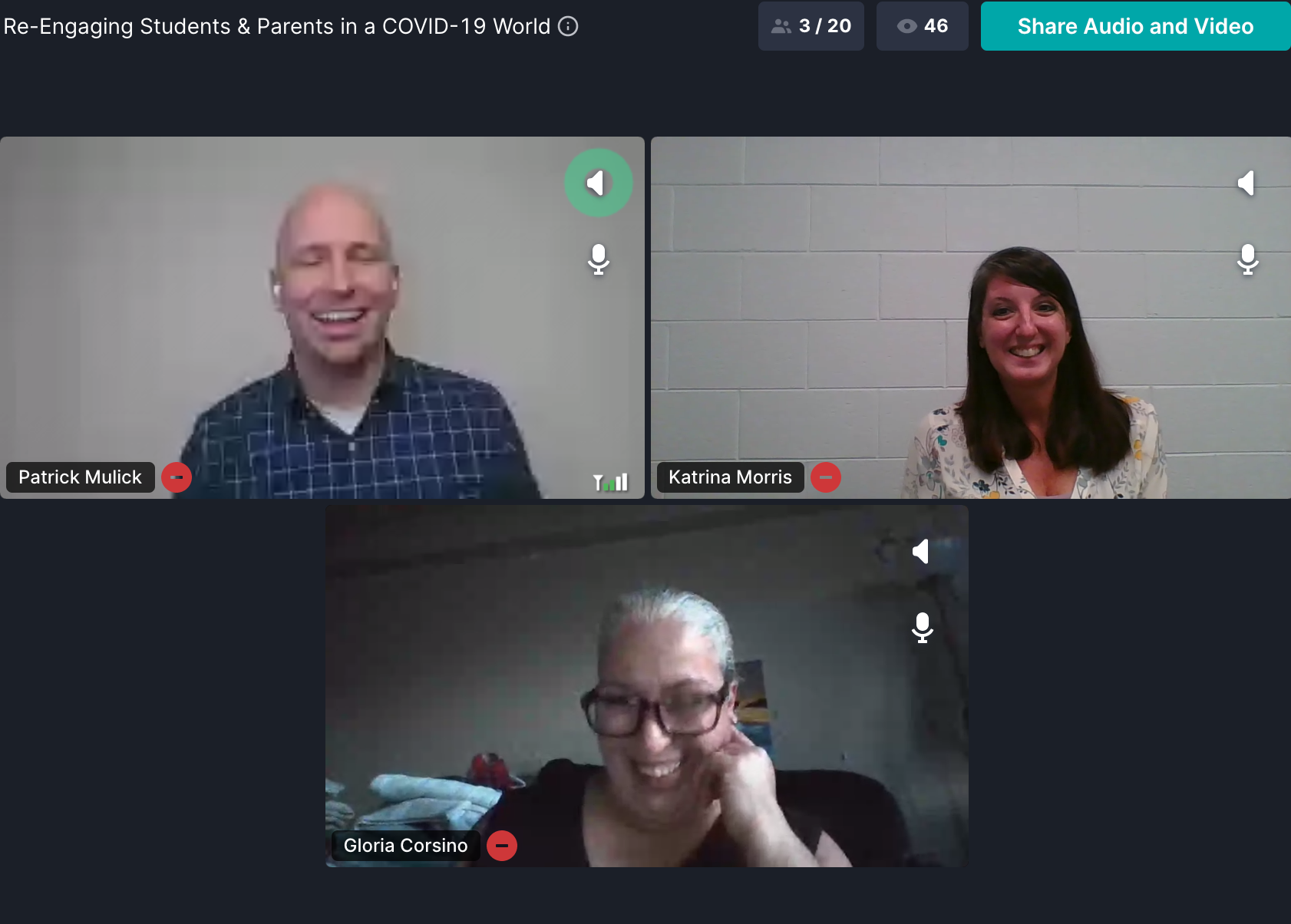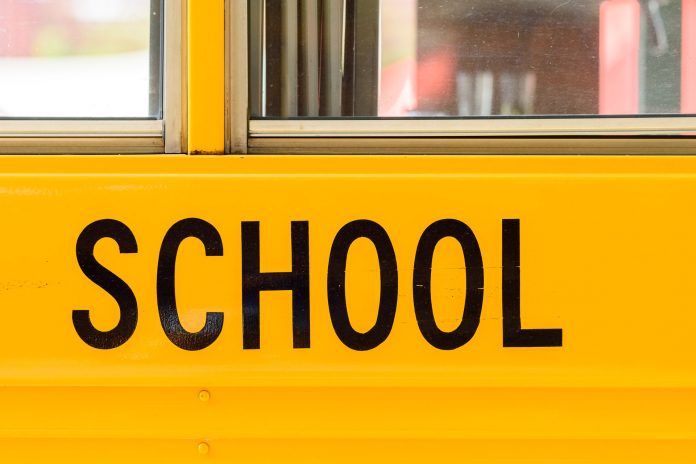With COVID-19 resulting in more recent school closures nationwide for the first time since the beginning of March, re-engaging students and parents can be present challenges as the second semester of the 2020-2021 school year is on the horizon and districts transition into in-person education.
Patrick Mulick, a board-certified behavior analyst, joined Katrina Morris, transportation director for West Shore Educational Service District in Ludington, Michigan, and Gloria Corsino, a parent advocate in New York City with two children on the autistic spectrum, to discuss how districts and parents should be collaborating during this unprecedented time. The session, “Re-engaging Students and Parents in a COVID-19 World,” was held on the first day of the virtual Transporting Students with Disabilities and Special Needs Conference on Nov. 9.
Corsino commenced the discussion by talking about her big takeaways from the earlier keynote presentation from Temple Grandin, a professor of animal sciences at Colorado State University and an autism advocate. Grandin told attendees that she relates to many people thinking “there’s not much going on” in the head of a student with disabilities but agreed with Grandin’s comments that there’s a lot going on that not everyone sees.
Corsino said as a parent of two autistic children herself, she enjoyed hearing Grandin note that children with special needs need to be allowed independence from, their parents. She added that Grandin made her realize the influence a mother can be in a child’s life, and to the child’s success.
Morris said that her biggest takeaway from Grandin’s presentation was that school bus drivers should not focus on a student’s disability but instead on their ability. She said trying to find ways for school bus drivers to communicate with students is vital, and the payoff when seeing these students succeed “is worth everything.”
Corsino agreed, noting that when her son is described on a piece of paper, it states what he needs to function. Yet that list doesn’t define who he is. Instead, she said, the individualized education program (IEP) needs to only support who he is.
Corsino said when the pandemic first started, it was challenging to get her children to learn at home, as they associated the school bus with receiving an education. She said when one of her son’s school closed, he adopted the mentality of “no school bus, no school.” Corsino added that he wouldn’t participate in virtual learning because he missed the routine of going to school and knowing that his day started in the school bus.
Corsino added that because her son is 21, he aged out of the public education system last year. But she said the ages of students with special needs shouldn’t matter to their education, and she successfully fought the New York City Department of Education to get her son reenrolled in school this year. With him back in classes for another year, she relayed that he is starting to understand that school is “one week on, and one week off.”
To help him visualize the specific days he takes the school bus, Corsino created a calendar that shows a picture of a school bus one week, and then a bus with an “X” through it the next week.
In addition to coping with a hybrid-learning model, students with special needs are also challenged by wearing a mask. Morris said reward systems work, as well as their peers modeling the correct behavior. She explained she has been teaching students that wearing a mask is like putting on socks before shoes. It’s something you just have to do.
Morris elaborated that seeing other peers wear a mask helps because kids want to be like other kids. She said, however, if a student can’t wear a mask, due to their IEP, her staff puts on an extra layer of protection. “Kids are adapting really well,” she shared.
Morris added another great strategy is sending pictures to students of what staff looks like with masks on, so they aren’t shocked when they return to school.
Related: TSD Virtual Debunks Common Assumptions When Transporting Students with Special Needs
Related: (STN Podcast E38) TSD Virtual Live Podcast #3: It Takes A Village For Empathetic Transportation
Related: Medical Expert Breaks Down Guidance of Transporting Students Amid COVID-19
Related: Temple Grandin Shares Expert Perspective on Autism Spectrum During TSD Virtual
Related: School District, Bus Contractor Partnerships Vital When Transporting Special Needs Students
Corsino said it was more difficult to get her children to wear a mask. Instead, she had to enforce a reward system. For instance, she told her boys that if they wanted pizza, they’d have to wear a mask first. She said they’re starting to understand that no mask means they have to stay inside.
Sandy Baggen, transportation services field operations supervisor at Portland Public Schools in Oregon, added another idea to the session chat. “I saw some folks take pictures of themselves without a mask on and wear the picture as a badge,” she shared.
Re-Engaging Students
Mulick noted that in some places, student behavior has regressed due to the long-extended school closures. He asked Corsino and Morris what advice they have to reconnect the bridge between districts and families, and the role educators and staff can play.
Corsino said she offers information to her child’s school bus driver and attendant first so that she builds the initial bond. She said she shares her contact information with the transportation team so that if they are running late, they can let Corsino know and therefore she can distract and delay her children accordingly.
Otherwise, she would bring her children out to the bus stop and they would misbehave while waiting for the school bus.

Corsino also said that arguments that arise between parents and district staff set the wrong example for students. She advised attendees to extend the same courtesy they would want to receive.
“I love that. We have to be the model professional for our kids,” Mulick said.
Morris added to that statement, saying that not everyone is going to see eye-to-eye all the time, but the proper time and place to have heated discussions shouldn’t be in front of a bus full of kids.
Corsino added that in some cases she’s encountered school district professionals like teachers and drivers, becoming territorial to the children. She said she tries to remind them that as the parent, she is the expert on her child.
“We educated them before school,” Corsino explained. “No one knows my children better than me, so ask me about them. I give teachers a run-down on my children, what might set my children off, what I do to de-escalate. I give them my number. If I don’t know what you’re teaching, I can’t teach it at home,” she concluded.
















